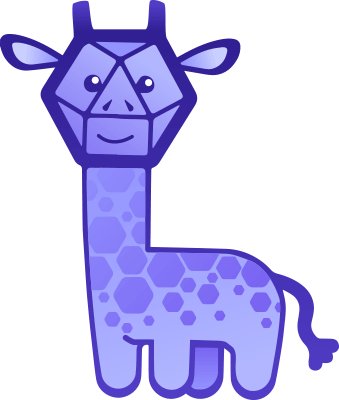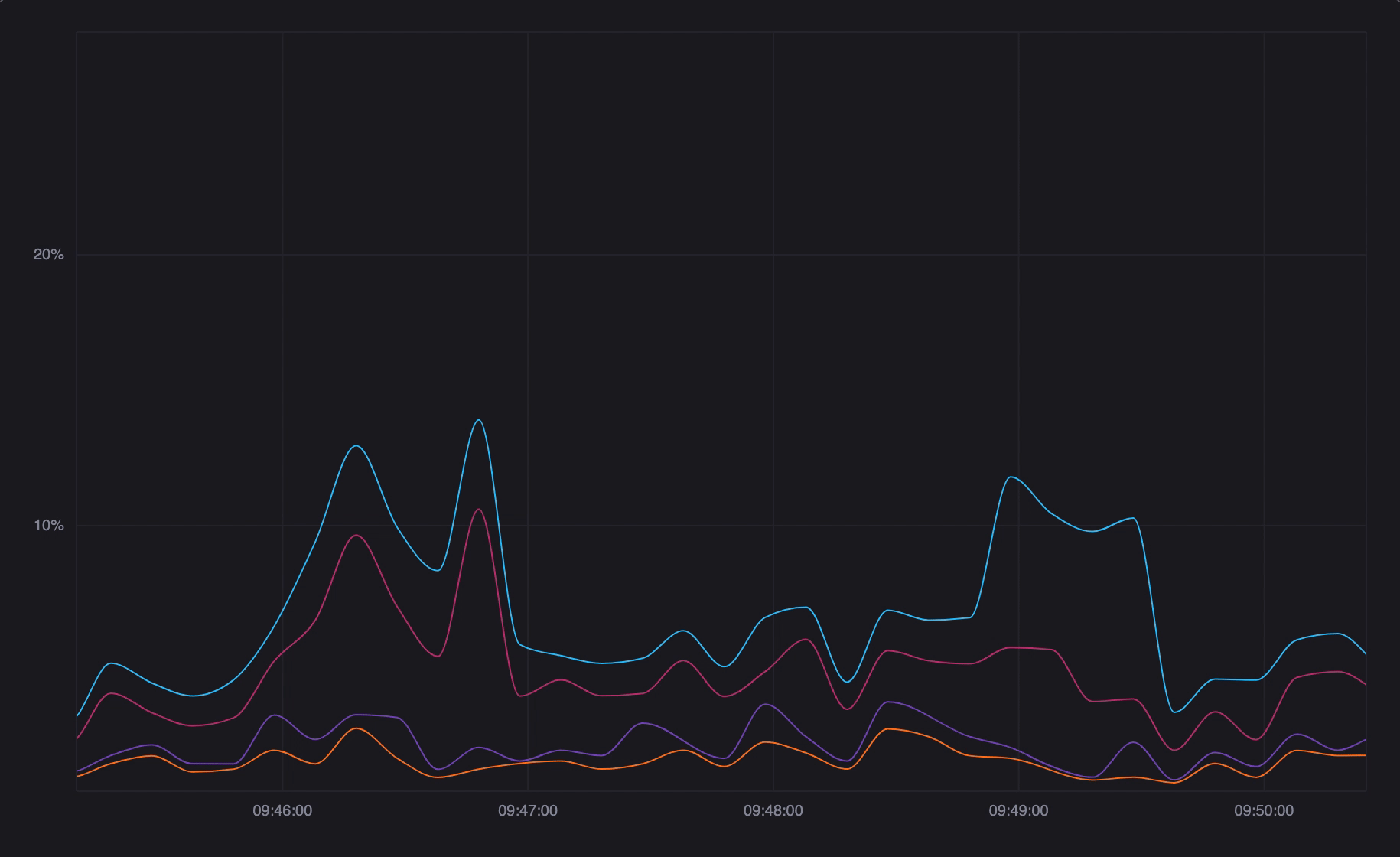A React-based visualization library powering the data visualizations in the InfluxDB 2.0 UI.
There are plenty of terrific visualization libraries in the JavaScript ecosystem. Giraffe aims to distinguish itself with several features:
- Support for the Flux language
- Easy reactivity and extensibility via React
- Support for mapping groupings of columns to a single visual aesthetic
- A high-level Grammar of Graphics–style API that can specify a wide variety of visualizations with a few simple concepts
- A columnar interface for input data that enables efficient interoperability with Web Workers and Apache Arrow
- Self-contained configurations in the style of Vega-Lite
See the visualizations in action using Storybook.
See a listing of sample projects that render different types of visualizations.
Install Giraffe with your package manager:
yarn add @influxdata/giraffe
or
npm install @influxdata/giraffe
See the Quick Start Guide for an example.
To contribute to Giraffe, see the contributing guide.
Looking for details on the configuration? See the configuration guide.















